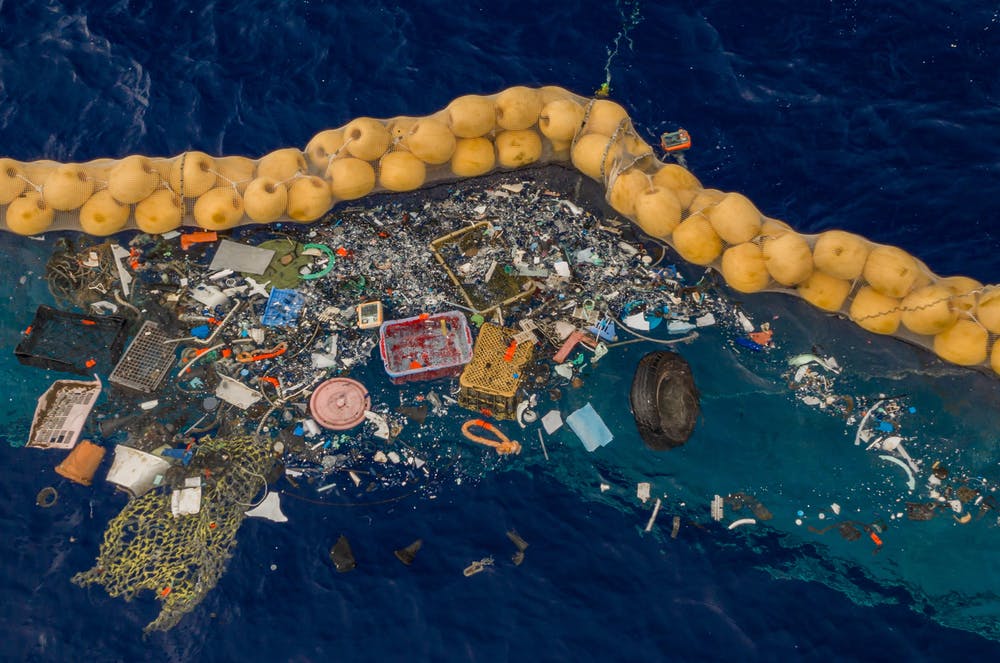SOURCE: The Conversation
DATE: October 28, 2019
SNIP: The Great Pacific Garbage Patch is said to be the largest accumulation of ocean plastic in the world. It is located between Hawaii and California, where huge ocean currents meet to form the North Pacific subtropical gyre. An estimated 80,000 tonnes of plastic are floating in the Great Pacific Garbage Patch.
We conducted two visual survey flights, each taking an entire day to travel from San Francisco’s Moffett Airfield, survey for around two hours, and travel home. Along with our visual observations, the aircraft was fitted with a range of sensors, including a short-wave infrared imager, a Lidar system (which uses the pulse from lasers to map objects on land or at sea), and a high-resolution camera.
Both visual and technical surveys found whales and dolphins, including sperm and beaked whales and their young calves. This is the first direct evidence of whales and dolphins in the heart of the Great Pacific Garbage Patch.
Plastics in the ocean are a growing problem for marine life. Many species can mistake plastics for food, consume them accidentally along with their prey or simply eat fish that have themselves eaten plastic.
Both beaked and sperm whales have been recently found with heavy plastic loads in their stomachs. In the Philippines, a dying beaked whale was found with 40kg of plastic in its stomach, and in Indonesia, a dead sperm whale washed ashore with 115 drinking cups, 25 plastic bags, plastic bottles, two flip-flops, and more than 1,000 pieces of string in its stomach.
Whales and dolphins are often found snared in debris. Earlier this year, a young sperm whale almost died after spending three years tangled in a rope from a fishing net.
During our observation we saw young calves with their mothers. Calves are especially vulnerable to becoming trapped. With the wide range of ocean plastics in the garbage patch, it is highly likely animals in the area ingest and become tangled in it.
It’s believed the amount of plastics in the ocean could triple over the next decade. It is clear the problem of plastic pollution has no political or geographic boundaries.

